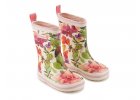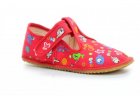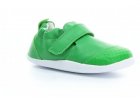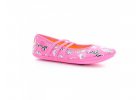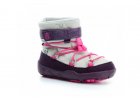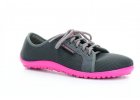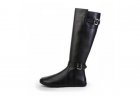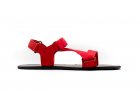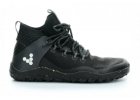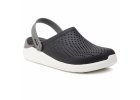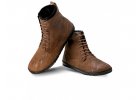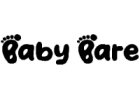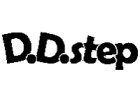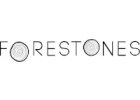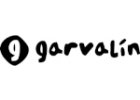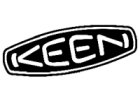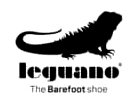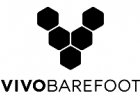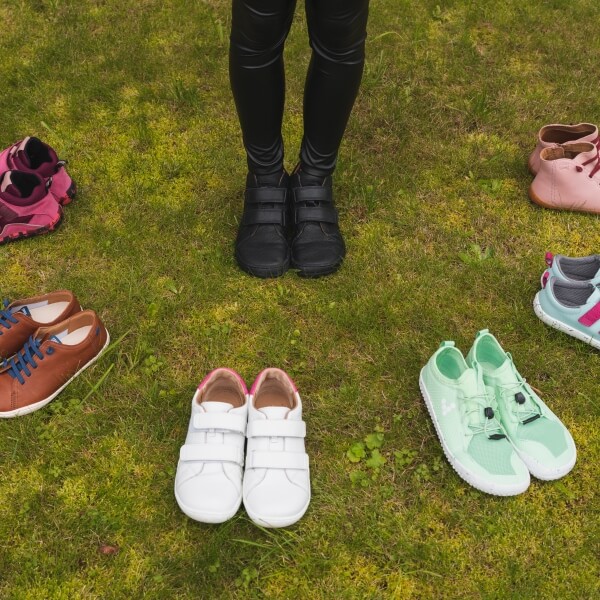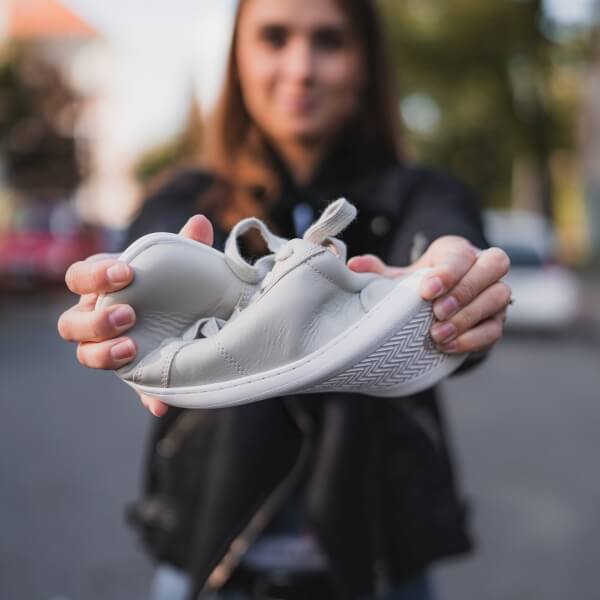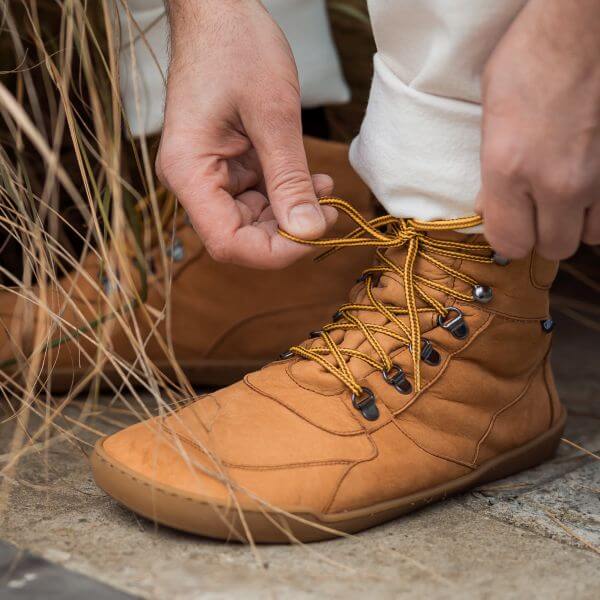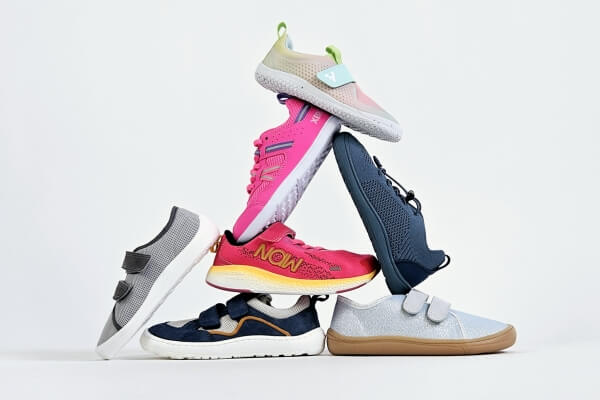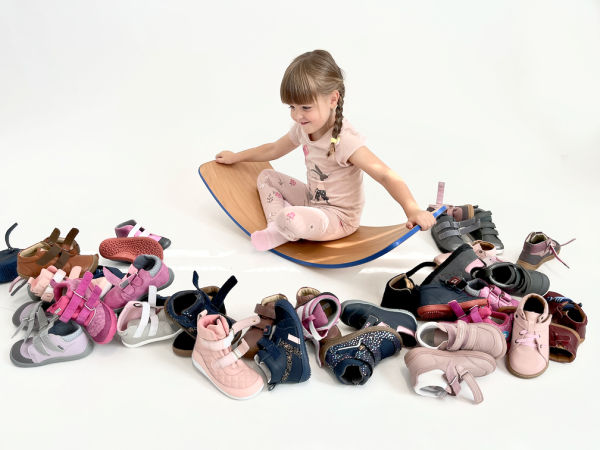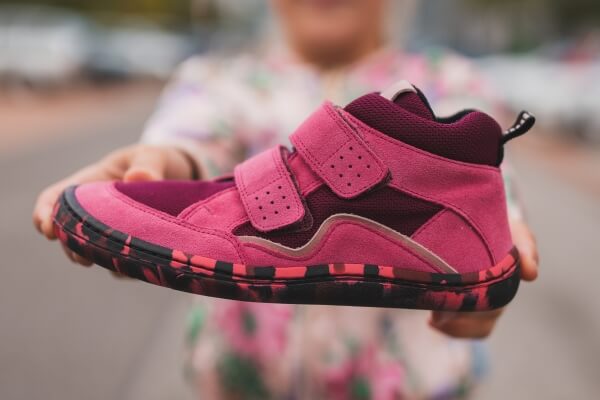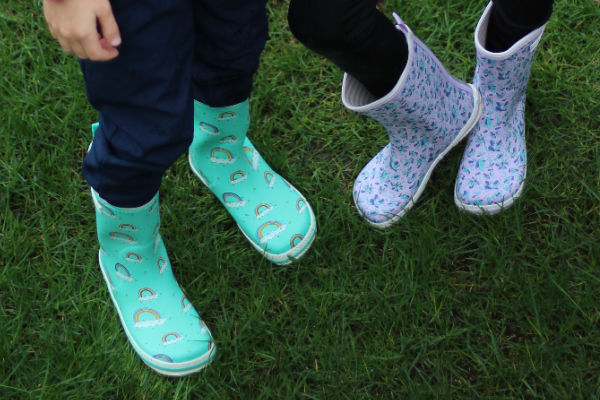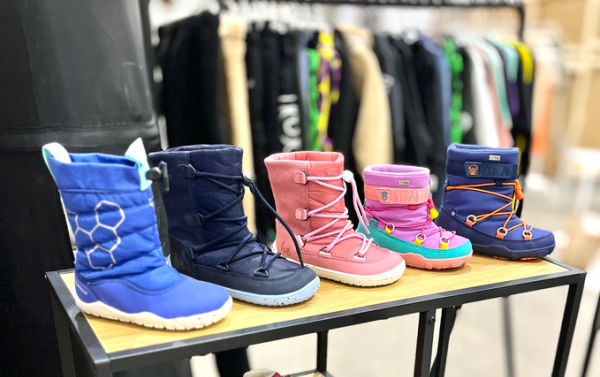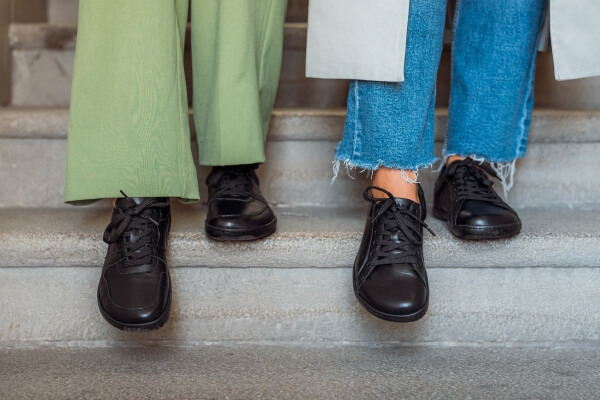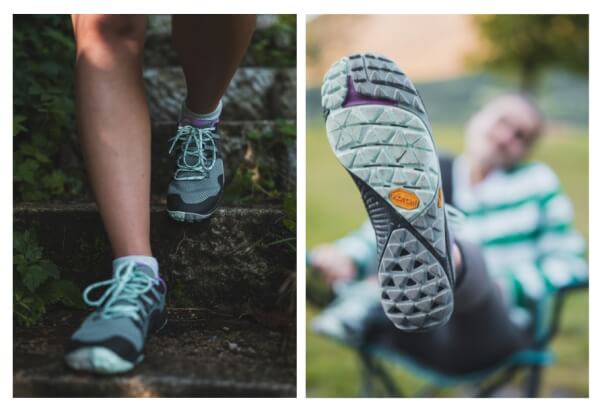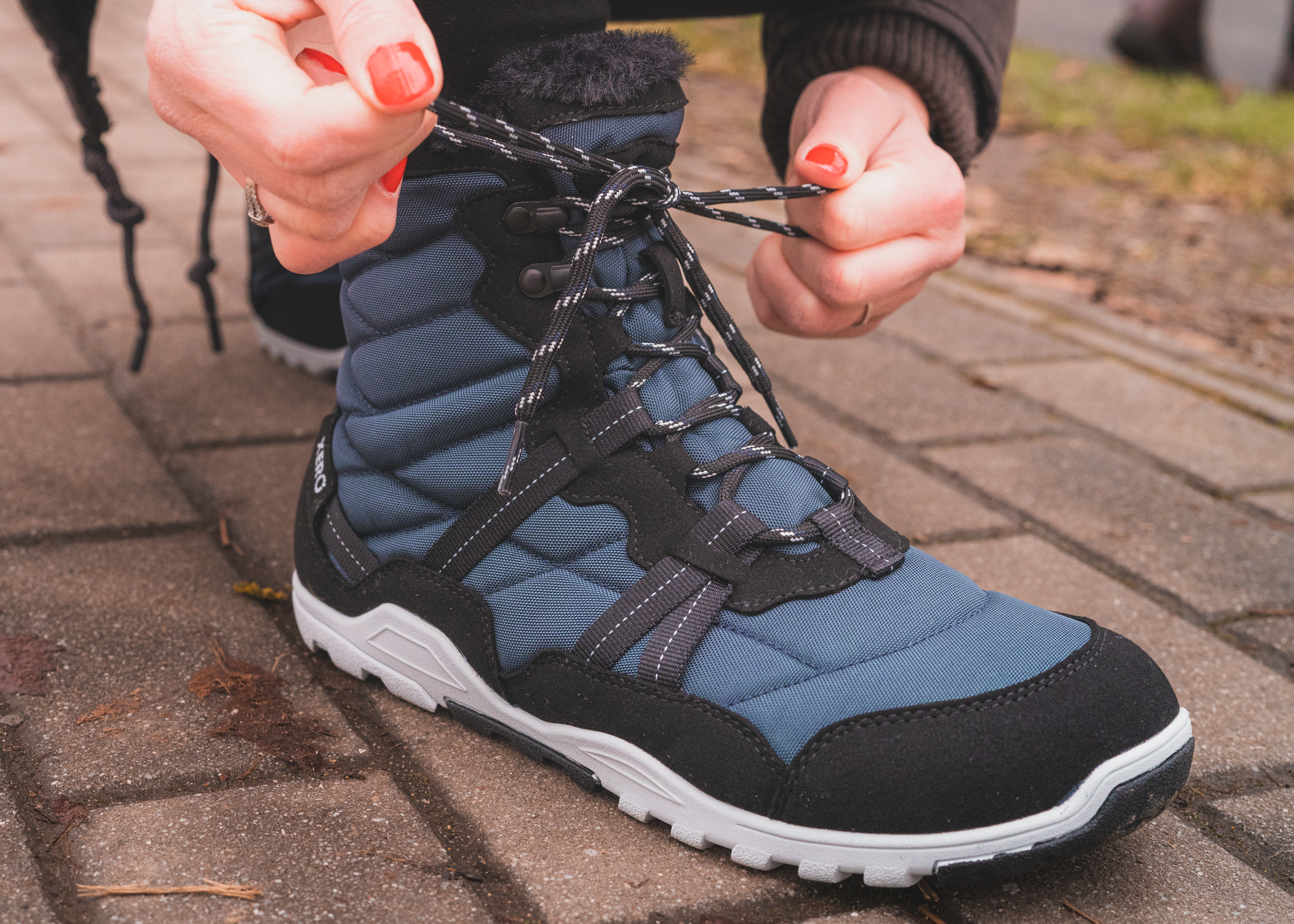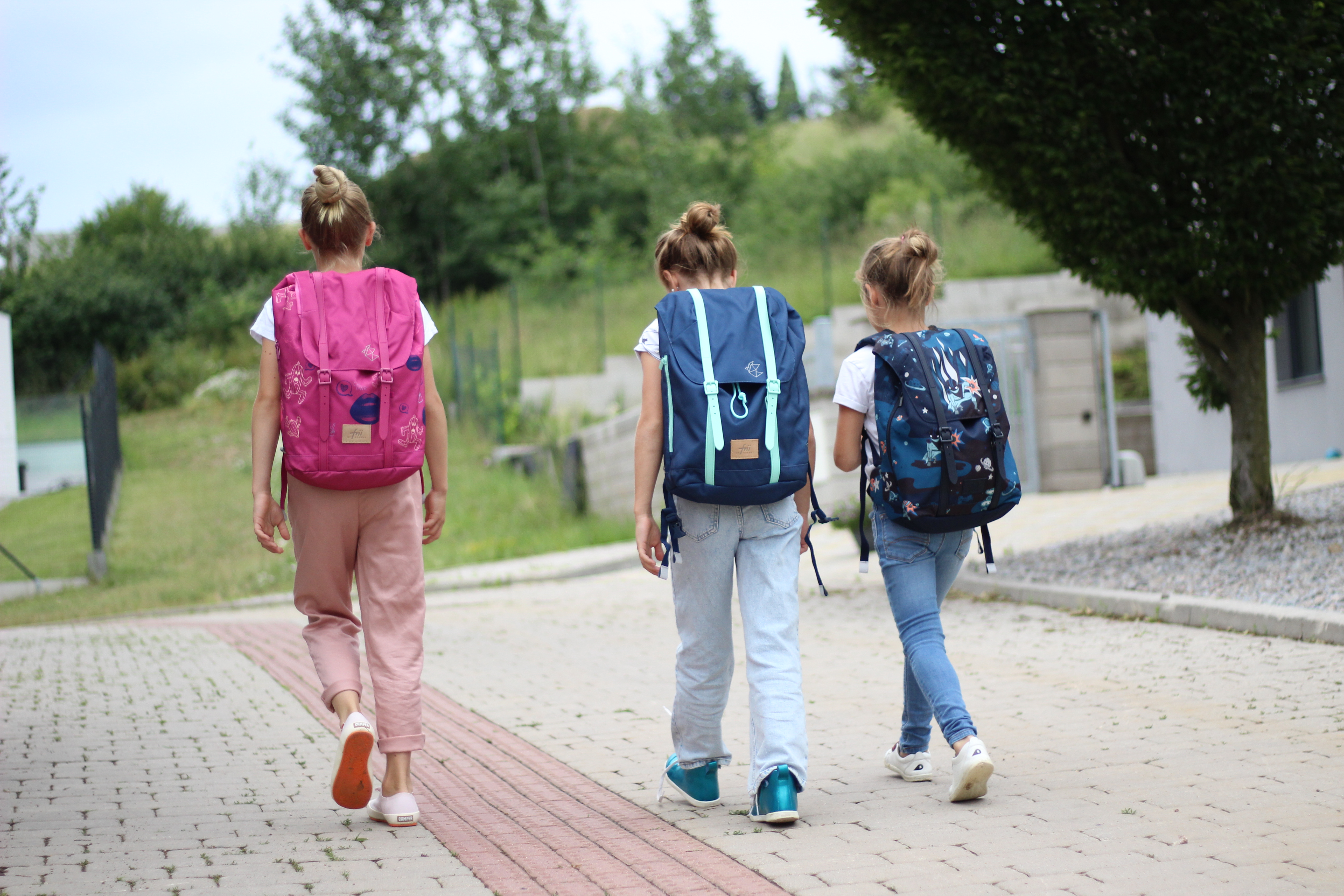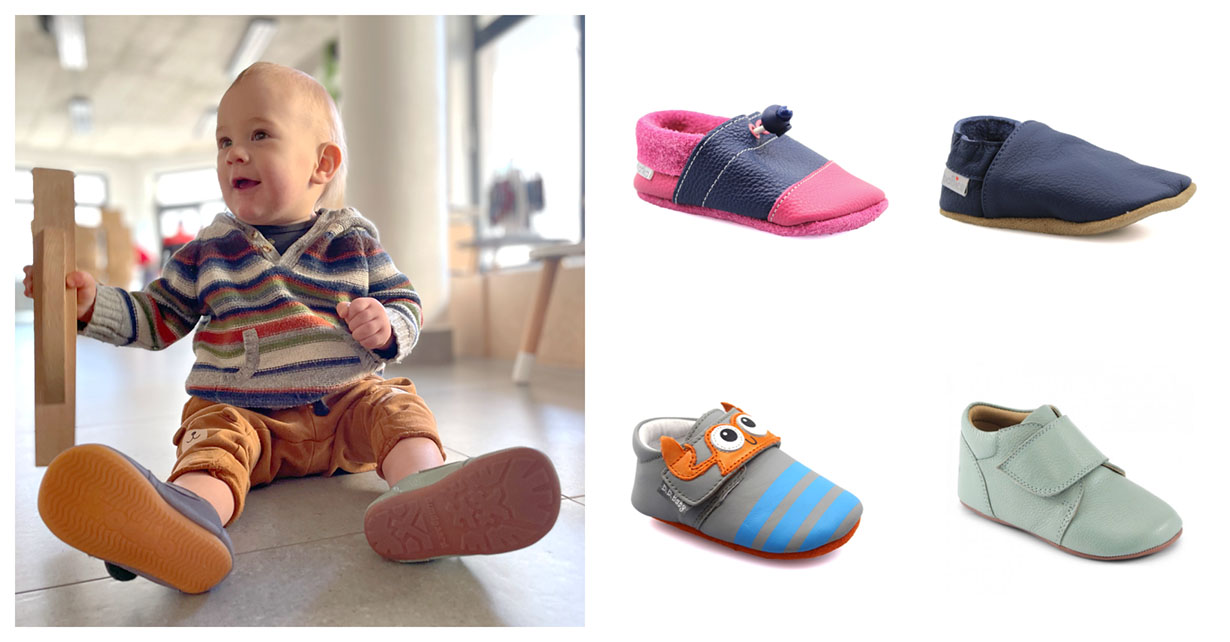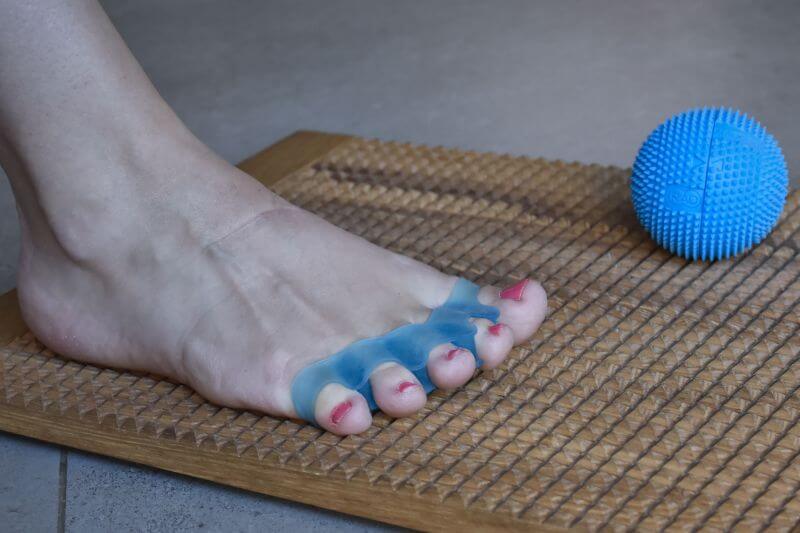Strengthening the legs does not depend only on training in the gym or home exercises. Legs can be strengthened by natural movement and in this article we will explore all the ways to achieve this.
Content of the article
Strengthening the legs
Below we go through the different areas that can be strengthened by natural movement. Natural movement includes barefoot walking, which requires the correct technique to avoid the risk of injury. We recommend gradual training so that the body can adapt. At the same time, consult an appropriate doctor before trying any changes.
To make it easier, we will focus only on the lower part of the foot in the following paragraphs (i.e. the foot in particular). However, keep in mind that the musculoskeletal system is a complex interconnected system, that is also affected by deficiencies in other parts of the body. Consider the foot care and strengthening as one of the many areas you should pay attention to in the context of a healthy body.
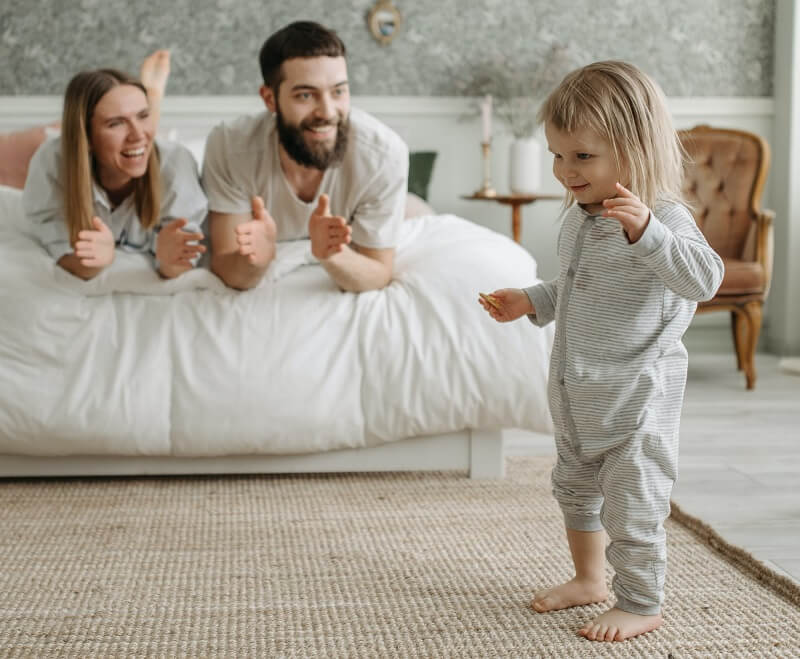
Strengthening the muscles
Why strengthen your foot muscles?
The muscles of the foot allow the body to move by contraction and relaxation, maintaining an upright position. We could not walk or stand well with weak muscles. That would be a disadvantage as we grow older.
What do the foot muscles need?
Like other muscles, those on the foot are strengthened by training and loading with subsequent regeneration of the torn fibres. So they need active involvement in movement and lots of exercising. Walk barefoot as much as you can, if the environment allows it.
How to strengthen your foot muscles?
Barefoot walking activates all muscle groups, including the deep muscles. So walk barefoot on a variety of surfaces. You can also strengthen your legs, for example by running, toe push-ups, walking on tiptoes or walking up stairs.
What weakens your foot muscles?
Anyone who has ever had a leg in a cast for a long time knows how flaccid the muscles were after removal. Wearing hard and inflexible shoes that trap the foot tightly and squeeze it inside, giving it no chance to actively work, has a similar effect. Paradoxically, high-functioning shoes are also bad, because the shoe cushions the impact instead of the foot doing it, unwinding the stride, amplifying the rebound, taking away all the work from the muscles and thus the natural strengthening.
A significant problem of modern times is the development of means of transport. People have become accustomed to commute everywhere by car, electric scooter or other motor vehicles to save time and energy, instead of spending at least half an hour on foot every day. It is worse, that they also drive children everywhere, who need as much natural exercise as possible for healthy musculoskeletal development.
Strengthening the arch
Why strengthen the foot arch?
The longitudinal arch cushions the impact of the foot when stepping and the transverse arch helps maintain balance. A collapsed arch means flat feet and foot pain during walking or standing. If you don't have a functional arch, you will feel each step much harder and damage your joints and other parts of your musculoskeletal system more quickly.
What does the arch need for healthy functioning?
A healthy arch requires continuous stretching and blood circulation to the feet (more below), active strengthening and sufficient rest after exercise. See the separate article for more details about how the arch works.
How to strengthen the arch?
The arch needs active exercise to maintain its natural strength, like muscles. In addition to walking barefoot on uneven surfaces, it also helps massaging the foot, stepping on balls, making a fist or trying to lift objects with the toes.

What leads to arch collapse?
The most common cause of a collapsed arch is poor footwear (hard, narrow toe, high heel, thick sole). Genetics and hypermobility (loose ligaments) also play a role. Flat feet are more common in overweight people, pregnant women and people with jobs, where they stand most of the time (e.g. hairdressers). Poor walking style (long, fast strides, heel stamping) or injuries can also affect arch condition.
Flexibility and range of movement
Why do feet need enough space and flexibility?
The foot needs to rest on the toes spread wide open for proper weight distribution. A healthy stride requires mobility of the toes, especially the big toe. Flexibility and sufficient space help prevent foot injuries.
How to improve foot flexibility and range of motion?
Finger yoga is most helpful in this respect, especially pulling the thumb away from the other fingers and stretching the fingers in general (correctors are also useful). You can try circling your feet and practising gripping with your toes. Commonly available classes include yoga, which is also great for stretching the legs, and pilates, which helps control the movements.
What limits foot mobility?
Tight shoes hurt feet the most, especially in the toe area, where squeezed toes do nothing. If the sole of the shoe is hard or thick, it lacks the necessary flexibility and the foot cannot adapt to the roughness of the surface.
The correct posture
The correct posture keeps the body in an optimal position where there is no unhealthy overloading of any part of the body. The stance itself works as a strengthening exercise, because it involves a slight bending of the legs in the knees and a general strengthening of the body. It can be easily practised in small pauses during the day (in a queue, waiting at a bus stop, cooking, etc.).
Proprioception and stability
What is proprioception?
The term "proprioception" expresses "feeling from one's own body", the ability to perceive the position and movements of the body. When the nervous system can correctly detect changes in the muscles and inside the body, it can adjust the balance with appropriate countermovement. Thus, great proprioception improves balance and coordination.
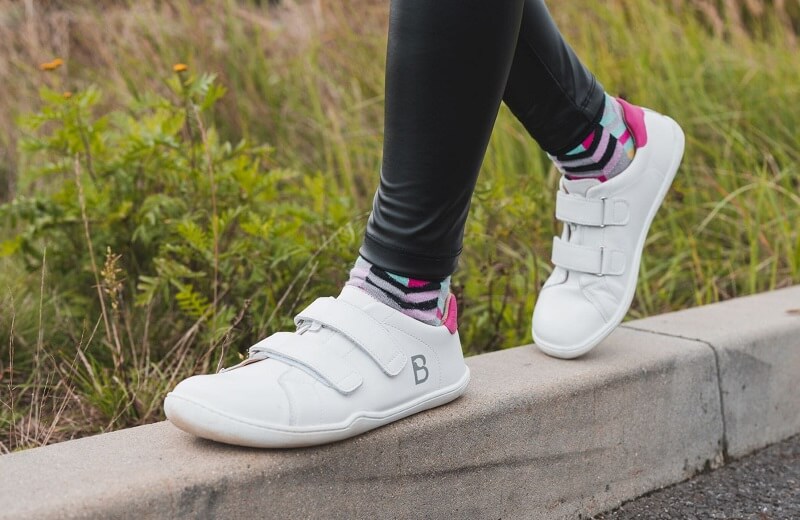
How to strengthen the stability of the body?
Stability always depends on at least three evenly spaced points of support, i.e. the heel, the toe joint and the little toe joint in the case of the foot. A flat sole (no raised heel or toe), equally weight distribution across the sole, fanned toe support and a functional transverse arch help maintain a stable stance.
The perception of signals from the ground plays an important role in movement. The barefoot sends information about the surface texture to the brain via nerve impulses with absolute precision, whereupon the elastic skin on the sole of the foot easily bends around the unevenness. Such stimulation develops not only the movement but also the brain. Sensomotor aids can be purchased for home exercises.
What disturbs the natural balance?
At first sight, it is obvious that high-heeled shoes, especially high pumps, shift the body's centre of gravity forward, which negatively affects posture and overloads the musculoskeletal system. Similarly, shoes with a raised toe shift the weight backwards, and the worst for the functioning of the arch are bent shoes with both a heel and a raised toe.
The thick sole provides a barrier between the surface and the foot that does not transmit the necessary signals for the body to react correctly, which significantly increases the risk of injury. A narrow toe, in turn, impairs stability by preventing the toes from spreading wide. All of these factors are compounded in the elderly, when the body is far more susceptible to falls and serious injury.
Circulation of blood
If we mentioned the stimulation of the foot by uneven surfaces in the previous point, barefoot walking also significantly promotes blood circulation in the legs. This contributes to better muscle regeneration and overall foot health. Massaging the feet is beneficial for their regeneration and strengthening.
Weakening of the feet
As it is clear from the previous paragraphs, the feet are damaged either by inappropriate footwear or poor movement technique. Most often it is a combination of both, where (especially with younger children) inappropriate footwear leads to the fixation of unhealthy movement patterns.
The big risk lies in the creeping increase of pain, it often takes years before we notice any significant signs, but in that time the body is already irreversibly damaged. Young people, in particular, tend to ignore the threats and ignore the body's warning signs, which will have a harmful effect on them in old age. Therefore, we recommend early prevention and precede illnesses by regularly strengthening the legs.
Recommended aids
The most important tool for strengthening is the feet themselves, walking barefoot helps to train the body naturally. Especially in the city, however, you will need suitable footwear, i.e. lightweight shoes with a wide toe, flat, low and flexible sole. Shoes that respect the anatomical shape of the foot and natural movement patterns. Barefoot shoes meet all these parameters.
In addition to barefoot shoes, of which you will find a wide range in stock, there are many aids for exercise and foot development. Adjustment socks and correctors stretch the toes, balance stones and rocking boards train balance, massage pads and aids stimulate the feet. In addition to their health benefits, such aids also look nice and work well, so they are one of the favourite gifts for children and adults, which we can confirm because we use them ourselves at home on a daily basis.



